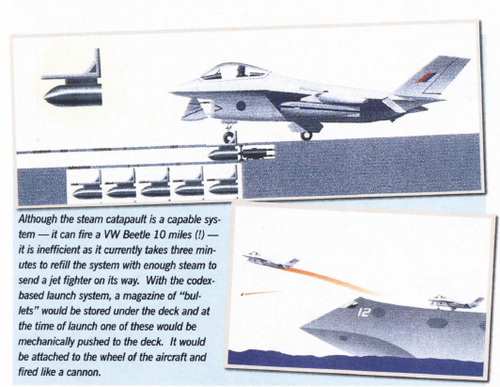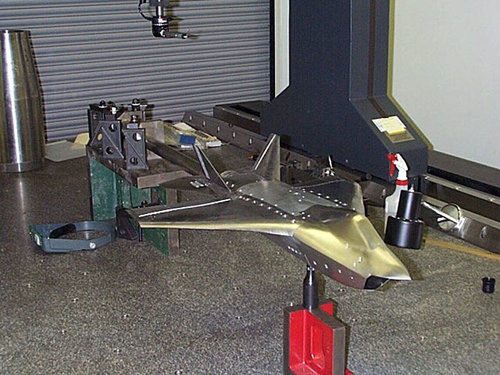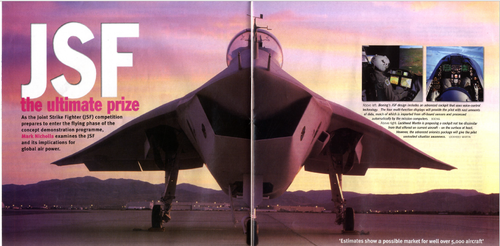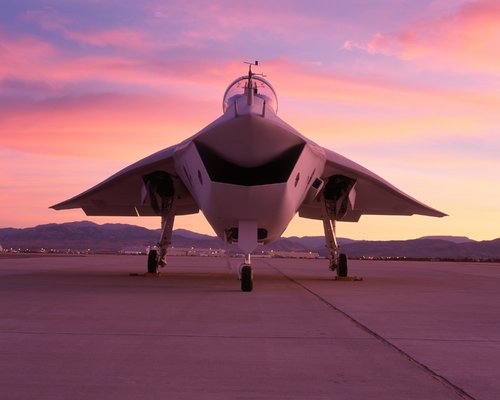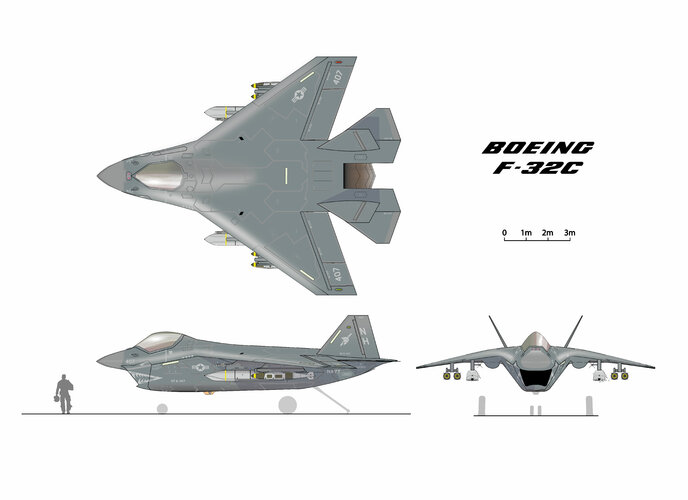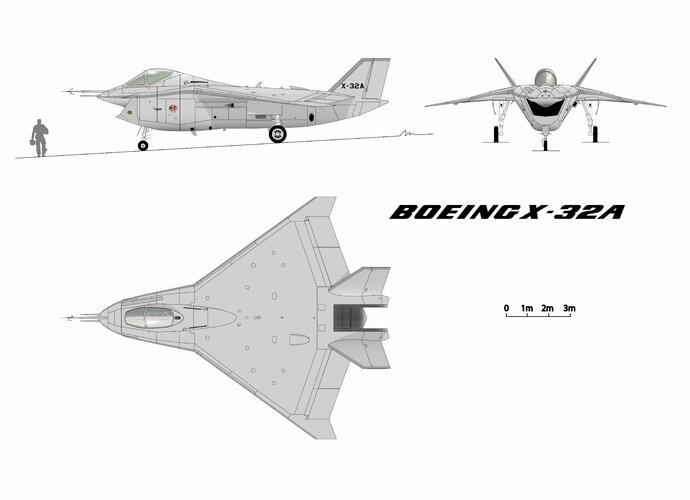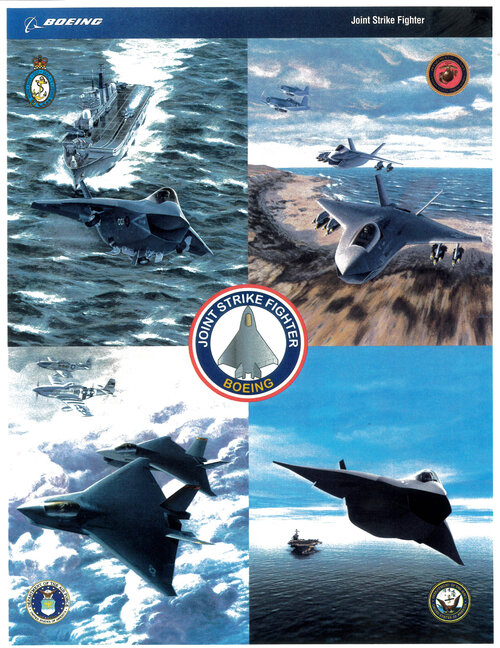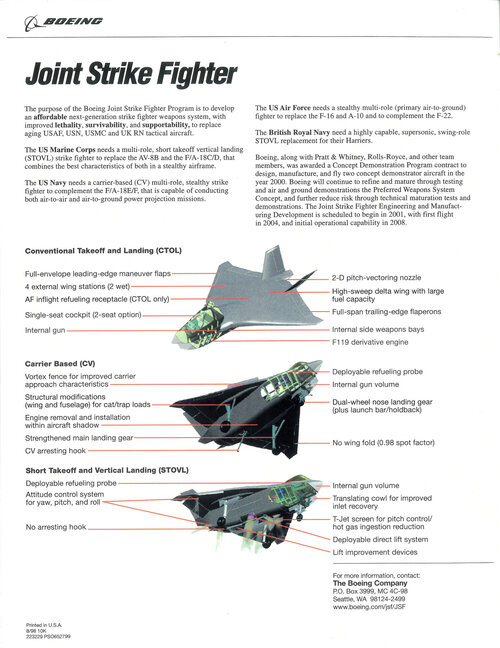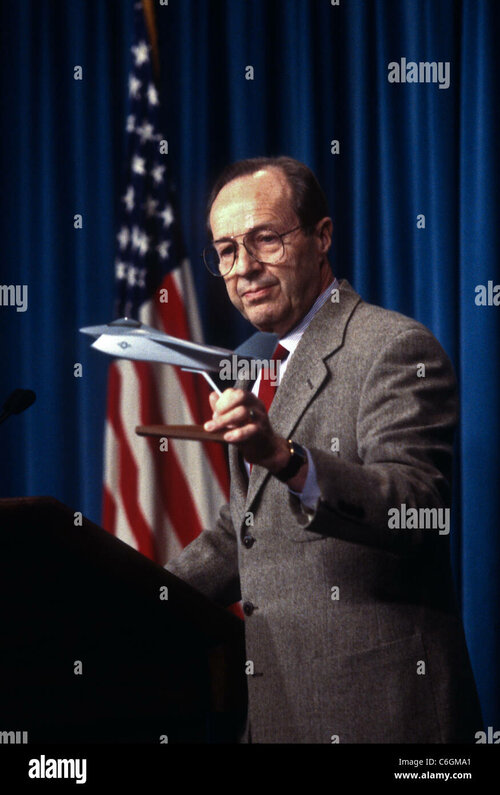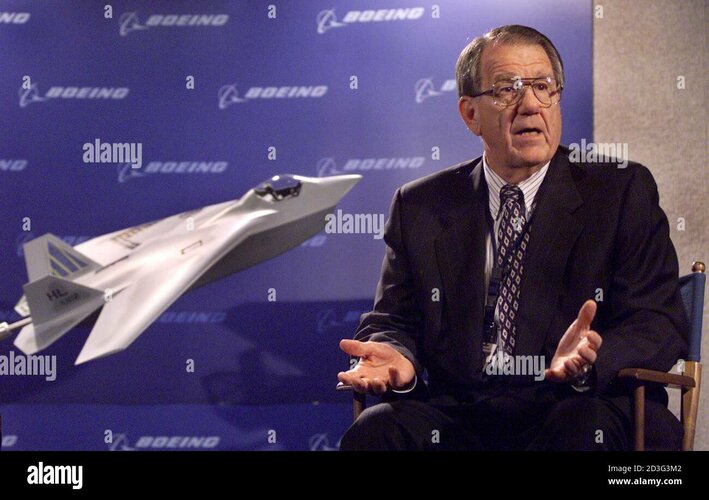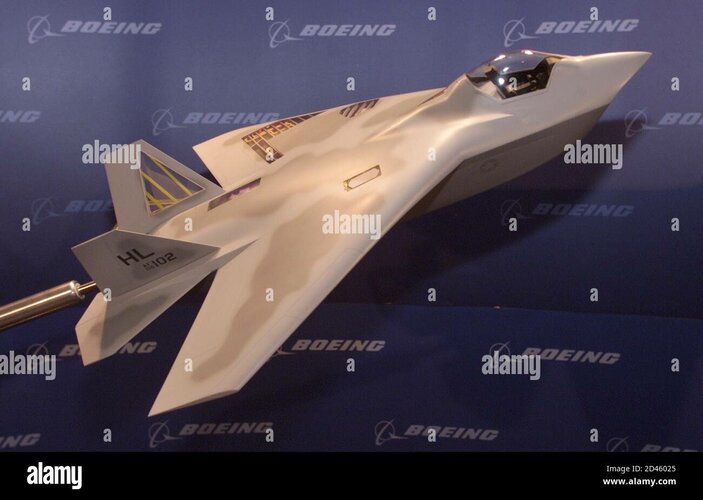- Joined
- 4 May 2008
- Messages
- 2,439
- Reaction score
- 754
Why hasn't a tandem fan been built? It seems very attractive at a surface level. Vought and BAE both had designs for them.Also, a shaft driven fan wasn't the only way to get the propulsion layout of the F-35. A tandem fan could have offered that as well. If you had known as much about STOVL as you proclaim, you probably would have known that. Of course, there would have been problems with the losses at the front fan due to the two ninety degree bends and it wouldn't be able to operate at optimum RPM being directly tied to the powerplant. Of course, it also wouldn't have had as much of a weight penalty since it wouldn't have required the lift fans gear box.
FWIW, the SDLF has often been described as a tandem fan with the front fan rotated ninety degrees. Not quite accurate, as the fans do not share the same airflow in cruise, but in hover it's a fairly reasonable comparison. We've obviously seen studies on the tandem fan, but i've never seen any test hardware.

